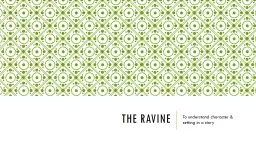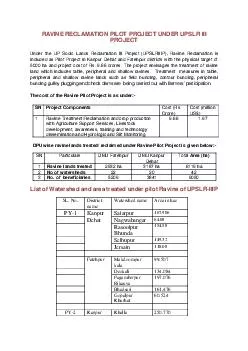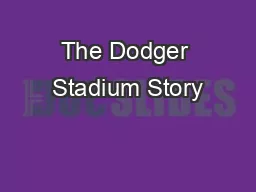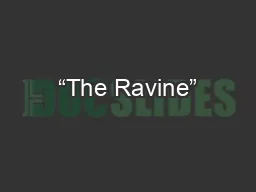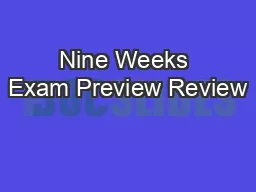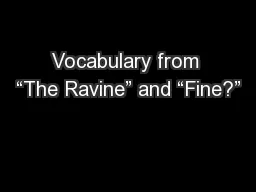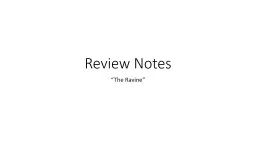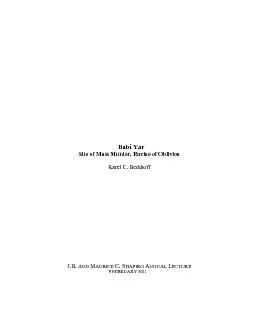PPT-The Ravine
Author : briana-ranney | Published Date : 2016-06-27
To understand character amp setting in a story Key standards Primary Standard RL11 Cite textual evidence to support analysis of what the text says explicitly as
Presentation Embed Code
Download Presentation
Download Presentation The PPT/PDF document "The Ravine" is the property of its rightful owner. Permission is granted to download and print the materials on this website for personal, non-commercial use only, and to display it on your personal computer provided you do not modify the materials and that you retain all copyright notices contained in the materials. By downloading content from our website, you accept the terms of this agreement.
The Ravine: Transcript
Download Rules Of Document
"The Ravine"The content belongs to its owner. You may download and print it for personal use, without modification, and keep all copyright notices. By downloading, you agree to these terms.
Related Documents

